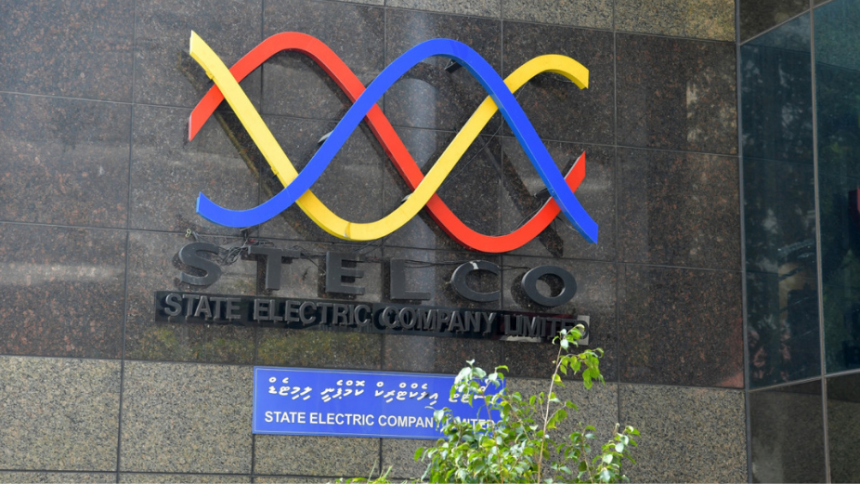Electricity consumption in Malé saw a significant dip on the first day of Ramadan, according to the State Electric Company Limited (STELCO). The company reported that peak-hour electricity usage in the capital was recorded at 78 megawatts, notably lower than typical figures.
STELCO, in a post shared on social media, attributed the decrease in energy consumption to the rainy weather conditions, which have led to a reduced demand for cooling and lighting. The relatively mild weather was accompanied by the closure of schools and offices, further contributing to the decline in electricity usage.
The peak electricity usage, which generally occurs between 4 p.m. and 5 p.m., was well below the usual Ramadan average of 100 megawatts. After 6 p.m., consumption further dropped to 68 megawatts, highlighting the subdued demand during the first day of fasting.
In response to the expected lower electricity demand, President Dr. Mohamed Muizzu has reaffirmed that a 10 percent discount on electricity bills will continue to be offered during Ramadan, just as it was last year. This initiative aims to ease the financial burden on households during the holy month.
With the reduced energy consumption and the continued discount, STELCO is ensuring that the supply remains efficient while contributing to the government’s broader efforts to support residents during Ramadan.




